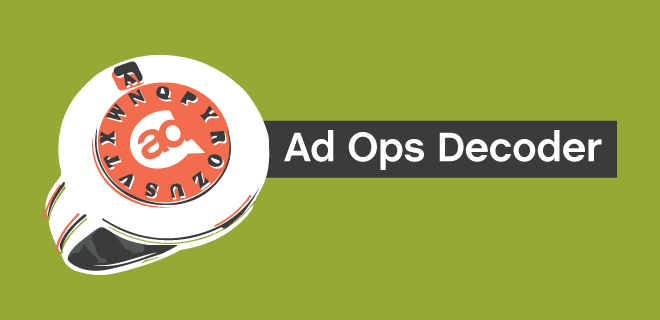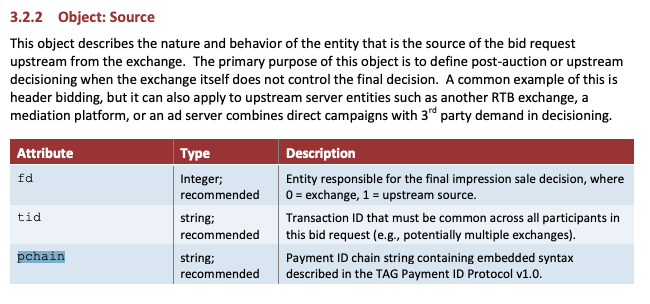
Pchain—not to be confused with rapper 2 Chainz or the even more similar PCHAIN, the first native multichain system in the world that supports Ethereum Virtual Machine (EVM)—is sort of like ads.txt for the buy side.
But wait, let’s take a few steps back. In a recent post, AdMonsters Editorial Director Gavin Dunaway asked “Shall We Kill All the Resellers?” His post highlights a recent ads.txt fraud scheme that further highlights how bad actors can circumvent that text file. Remember, the IAB says:
“Ads.txt supports transparent programmatic digital media transactions and can remove the financial incentive from selling counterfeit and misrepresented media. Similar to robots.txt, ads.txt can only be posted to a domain by a publisher’s webmaster, making it valid and authentic.”
Well if bad actors find a way around ads.txt on the publisher side, then where’s the transparency to be found in the supply chain? What else is a buyer to do to make sure that traffic is valid and to further promote a clean supply chain? This is where pchain comes into play.
You may have seen pchain pop up as a property in OpenRTB 2.5.
And you may have heard of the Payment ID System from the TAG Certified Against Fraud Program. The system creates a chain of custody for digital ad transactions (sort of like the blockchain) so that companies can ensure that payments go to legit partners.
To break it down further: the system requires that within any programmatic transaction each company on the buy side (say an ad tech vendor) gets an identifier and the identifiers would contain a pchain, providing buyers with insight into transaction history. Once a bad actor with invalid traffic enters, the buyer could then move through the supply chain on to the next player—in theory, a legit one. What’s key here is that bad actors would be barred from future campaigns. (Sound the death knell.) On the surface, it all sounds like one giant leap toward cleaning up the supply chain from the buy side. But of course, there’s a caveat: the TAG Payment ID requires TAG registration.
When companies apply to join the TAG registry they’ll have to wait for a background check and review process. Once approved, each company receives its unique ID that identifies their ads to potential partners in the supply chain. When those identifiers are matched with the payment ID system buyers can verify that payments won’t go to bad actors. The chain contains a record of who gets paid for impressions so that those bad actors receive nada in ad dollars for the fake impressions they’ve listed on ad exchanges.
And that’s pchain in a nutshell. It’s been around since around 2015 or 2016 and some big programmatic players support it, yet we’re not hearing quite as much about it in the wild as ads.txt or ads.cert.
